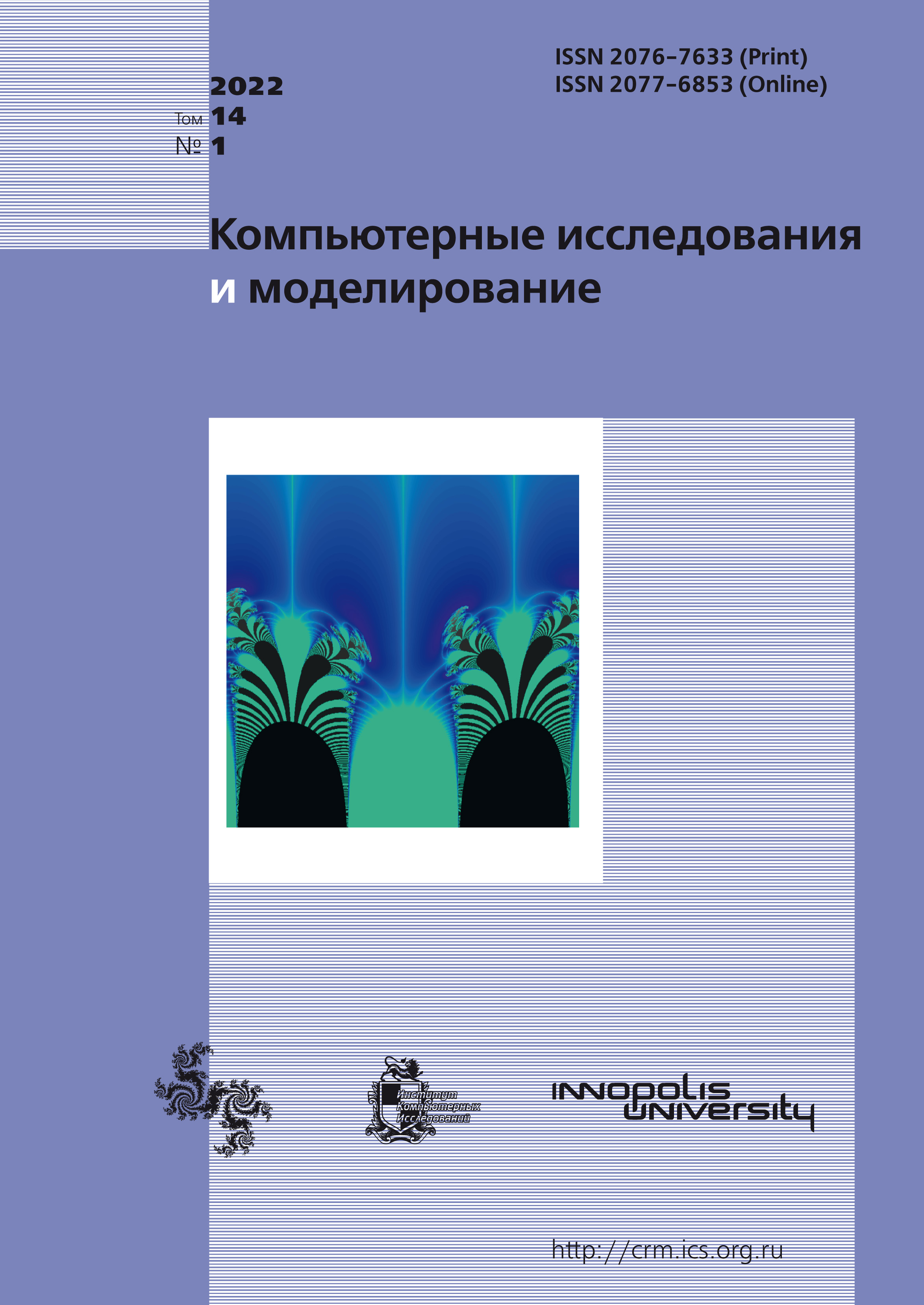All issues
- 2025 Vol. 17
- 2024 Vol. 16
- 2023 Vol. 15
- 2022 Vol. 14
- 2021 Vol. 13
- 2020 Vol. 12
- 2019 Vol. 11
- 2018 Vol. 10
- 2017 Vol. 9
- 2016 Vol. 8
- 2015 Vol. 7
- 2014 Vol. 6
- 2013 Vol. 5
- 2012 Vol. 4
- 2011 Vol. 3
- 2010 Vol. 2
- 2009 Vol. 1
Model for building of the radio environment map for cognitive communication system based on LTE
The paper is devoted to the secondary use of spectrum in telecommunication networks. It is emphasized that one of the solutions to this problem is the use of cognitive radio technologies and dynamic spectrum access for the successful functioning of which a large amount of information is required, including the parameters of base stations and network subscribers. Storage and processing of information should be carried out using a radio environment map, which is a spatio-temporal database of all activity in the network and allows you to determine the frequencies available for use at a given time. The paper presents a two-level model for forming a map of the radio environment of a cellular communication system LTE, in which the local and global levels are highlighted, which is described by the following parameters: a set of frequencies, signal attenuation, signal propagation map, grid step, current time count. The key objects of the model are the base station and the subscriber unit. The main parameters of the base station include: name, identifier, cell coordinates, range number, radiation power, numbers of connected subscriber devices, dedicated resource blocks. For subscriber devices, the following parameters are used: name, identifier, location, current coordinates of the device cell, base station identifier, frequency range, numbers of resource blocks for communication with the station, radiation power, data transmission status, list of numbers of the nearest stations, schedules movement and communication sessions of devices. An algorithm for the implementation of the model is presented, taking into account the scenarios of movement and communication sessions of subscriber devices. A method for calculating a map of the radio environment at a point on a coordinate grid, taking into account losses during the propagation of radio signals from emitting devices, is presented. The software implementation of the model is performed using the MatLab package. The approaches are described that allow to increase the speed of its work. In the simulation, the choice of parameters was carried out taking into account the data of the existing communication systems and the economy of computing resources. The experimental results of the algorithm for the formation of a radio environment map are demonstrated, confirming the correctness of the developed model.
Supplementary information:
Program code that implement the LTE simulation model generating files containing information about the dynamics of the simulated radio environment. The code is written in the MatLab programming language and includes 1 script and 37 functions distributed under the “Attribution-NonCommercial-ShareAlike 4.0 International” (CC BY-NC-SA 4.0) license. Details are given in the file license.txt.
Indexed in Scopus
Full-text version of the journal is also available on the web site of the scientific electronic library eLIBRARY.RU
The journal is included in the Russian Science Citation Index
The journal is included in the RSCI
International Interdisciplinary Conference "Mathematics. Computing. Education"







